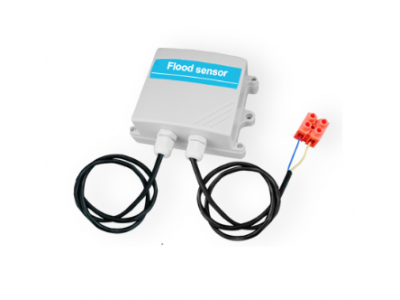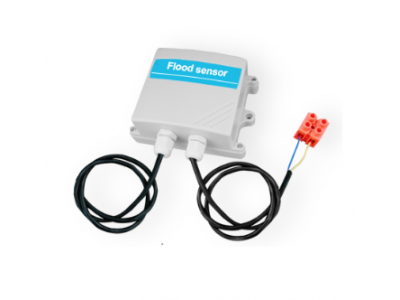Water is the most abundant and important resource on our planet. It is essential for human health, agriculture, industry, and ecosystem sustainability. However, water quality is threatened by various factors, such as pollution, climate change, human activities, and natural disasters. Therefore, ensuring the safety and availability of water resources is becoming increasingly challenging and complex. Fortunately, technological innovations are offering new solutions to these challenges. One technology that is gaining momentum is water quality sensors.

Water quality sensors are devices that can detect and measure different parameters of water quality, such as temperature, pH, dissolved oxygen, turbidity, conductivity, and nutrient levels. They can be installed in water bodies, such as rivers, lakes, oceans, and aquifers, or in water treatment and distribution systems, such as reservoirs, pumps, valves, and pipes. They can also be connected to wireless networks and cloud-based platforms, which enable real-time monitoring, analytics, and remote control.
Water quality sensors have several benefits in a digital age. First, they can improve the accuracy, reliability, and frequency of water quality monitoring. Traditional methods of water quality monitoring, such as manual sampling and laboratory analysis, are limited by time, cost, and spatial coverage. They also suffer from delays, errors, and uncertainties. Water quality sensors, on the other hand, can provide continuous and automated monitoring, which eliminates the need for human intervention and reduces the risk of errors and biases. They can also cover a wider range of locations, depths, and time intervals, which enables a more comprehensive and precise assessment of water quality.
Second, water quality sensors can enhance the efficiency and effectiveness of water management. Water resources managers need to make informed decisions about water allocation, treatment, and conservation, based on accurate and timely information. Water quality sensors can provide such information in a more timely and cost-effective manner than traditional methods. They can also provide predictive and prescriptive analysis, which can help managers anticipate and prevent water quality problems before they become critical. For example, if a water quality sensor detects a sudden increase in nutrient levels in a river, the system can alert the managers to take measures to reduce the nutrient load, such as adjusting the fertilizer application or reducing the discharge from a nearby wastewater treatment plant.
Third, water quality sensors can foster transparency and public engagement in water governance. Water resources management is a complex and contested field, involving multiple stakeholders with different interests, values, and perspectives. Water quality sensors can provide objective and accessible data about water quality, which can help to build trust, credibility, and accountability among the stakeholders. They can also enable participation and feedback from the public, which can enhance the legitimacy and effectiveness of water governance. For example, a water quality sensor network can be integrated with a citizen science program, where citizens can collect data on water quality and share their observations and concerns with the authorities and other citizens.
Fourth, water quality sensors can facilitate innovation and entrepreneurship in the water sector. Water quality sensors are part of a larger trend of digitalization and datafication of water systems, which is creating new opportunities for innovation and entrepreneurship. For example, water quality sensors can be combined with other technologies, such as artificial intelligence, machine learning, blockchain, or drones, to create new products and services that address specific water quality challenges, such as algae blooms, microplastics, or emerging contaminants. Water quality sensors can also enable new business models, such as pay-for-performance contracts, where water quality improvements are paid for based on actual results measured by sensors.
However, maximizing the benefits of water quality sensors in a digital age requires addressing several challenges and risks. First, water quality sensors need to be accurate, reliable, and robust, to avoid false alarms, inaccuracies, and malfunctions. This requires quality control and calibration, as well as redundancy and backup systems. Second, water quality sensors need to be integrated with other water systems, such as hydrological, meteorological, or socio-economic systems, to enable a holistic and contextualized approach to water management. This requires data sharing, interoperability, and stakeholder engagement. Third, water quality sensors need to address ethical, social, and legal issues, such as privacy, security, ownership, and liability, to ensure that the benefits of the technology are distributed fairly and equitably. This requires transparency, accountability, and participatory governance.
In conclusion, water quality sensors are a promising technology for improving the safety, availability, and sustainability of water resources in a digital age. They offer several benefits, such as improved accuracy, efficiency, transparency, and innovation, but also face several challenges, such as accuracy, integration, and governance. Therefore, water quality sensors should be developed and deployed in a responsible and sustainable manner, with a focus on maximizing their benefits and minimizing their risks for all stakeholders.






